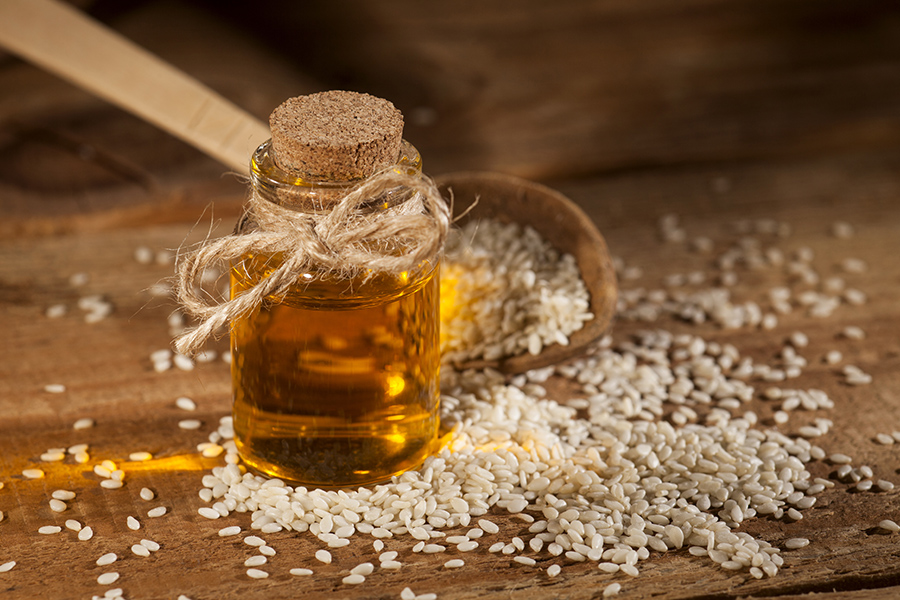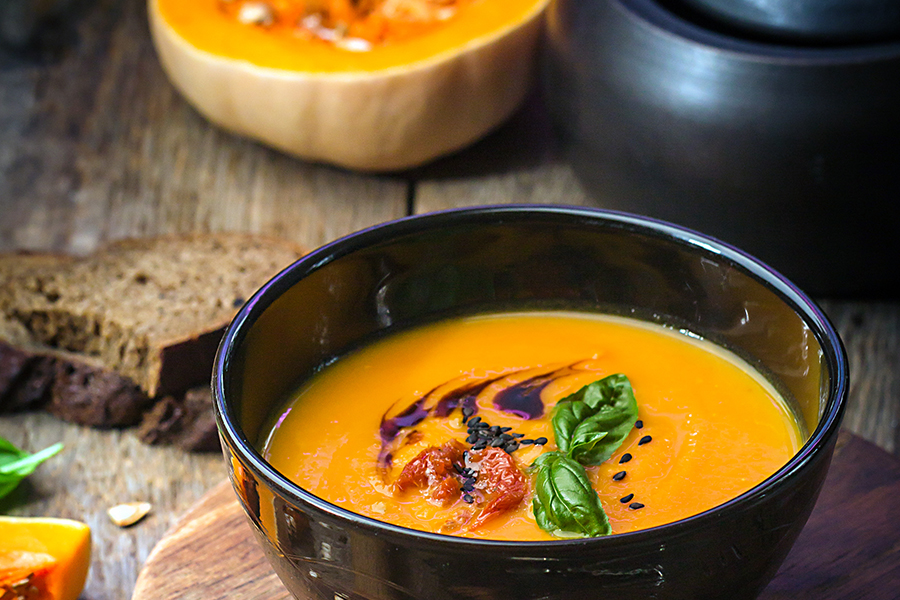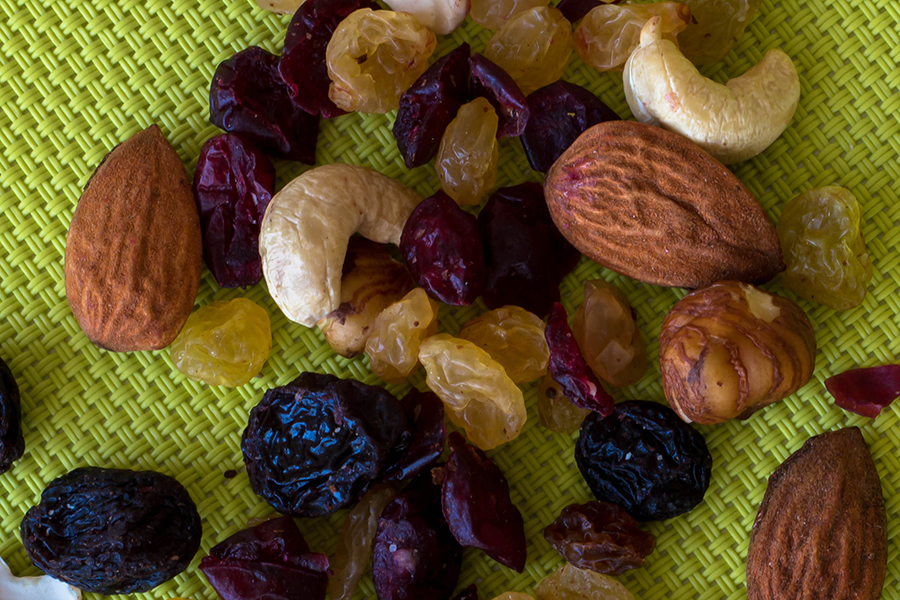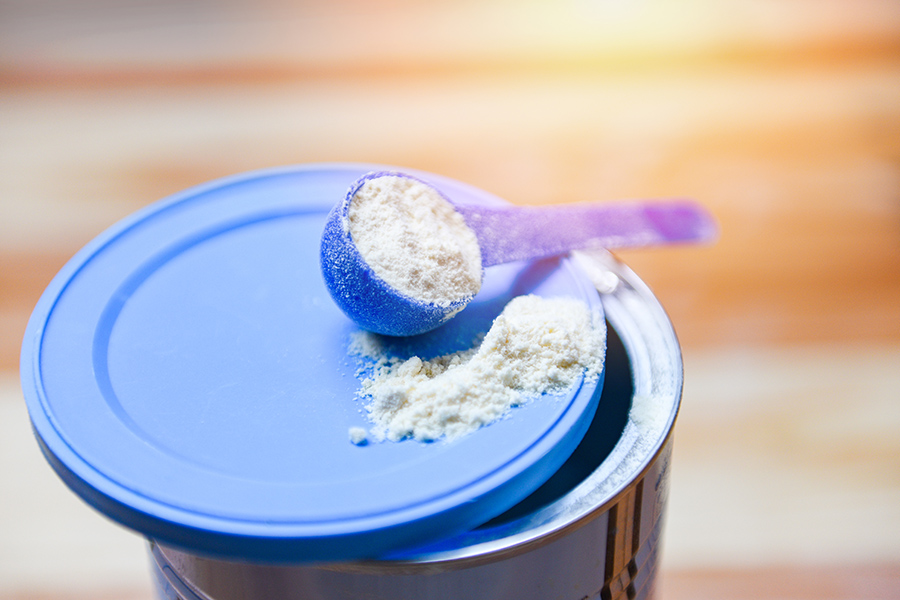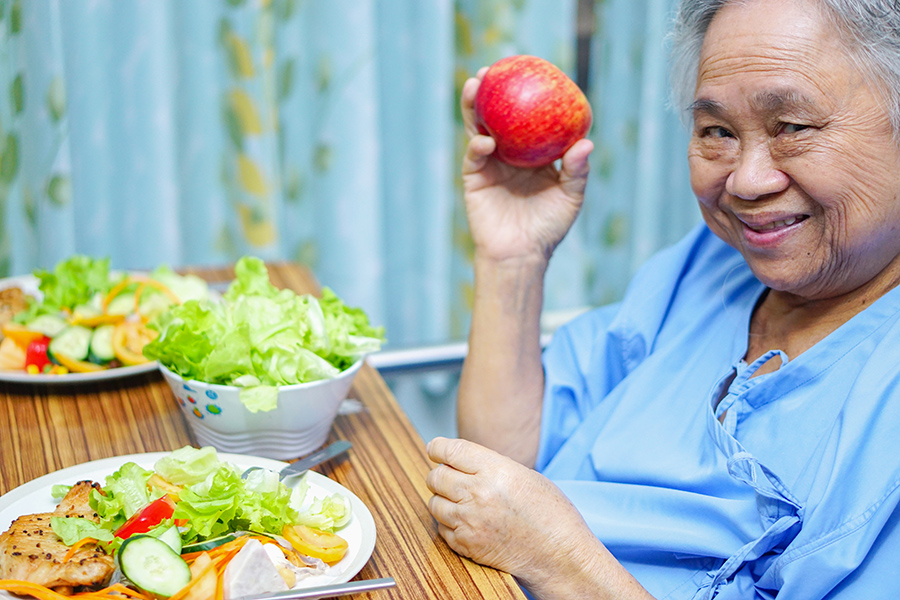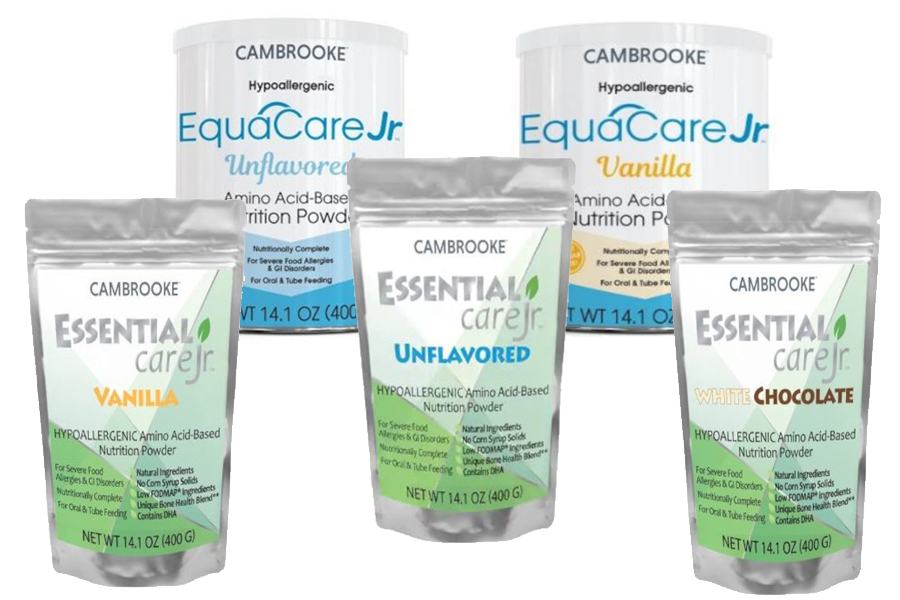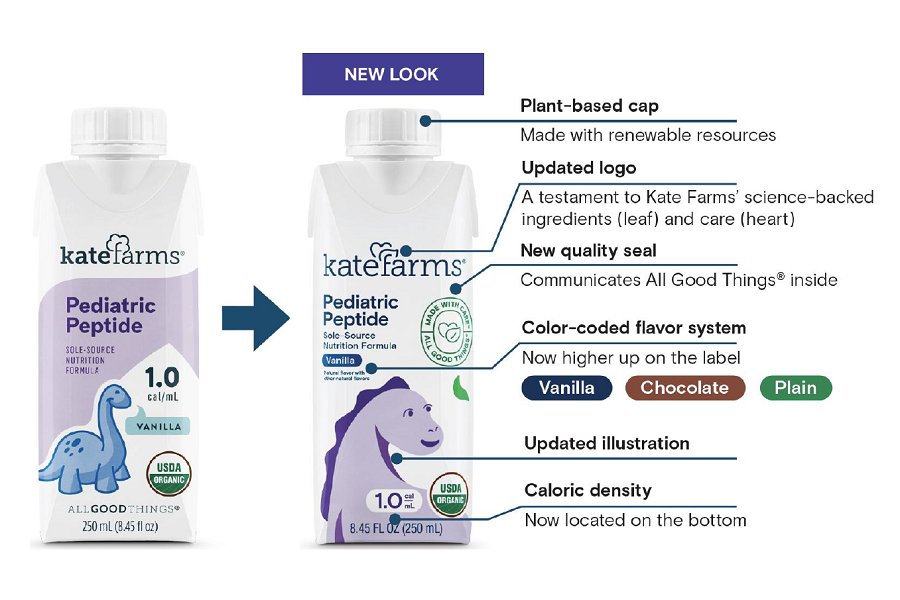It doesn’t have to be January 1st to make healthier habits, but it’s as good as any time to start. Adopt a start low, go slow approach to ensure your success. Commit to one goal at a time. You’re more likely to stick to it. Start small. For example, if you know you won’t be able to quit soda cold-turkey, make a realistic goal, like replacing one or two cans a week with sparkling flavored water.
Try one of these resolution ideas on for size:
Resolve to try new healthy foods. Never had a cherimoya? The soft, sweet white flesh has a tropical flavor and is available December through February. Other intriguing fruits out this season: Cactus pears, passion fruit and red bananas.
Move it and lose it. Did those holiday get-togethers and office parties leave your belt a little tighter? Even if you’re not the gym type, you can still step up your daily activity with a pedometer. Challenge yourself to at least 10,000 steps a day.
Slash the salt. Excess sodium intake raises your risk for heart attack and stroke. The American Heart Association recommends that you keep it to around 1,500 milligrams daily. Replace packaged foods with fresh fare as often as possible and request no-salt-added in your restaurant meals.
Ease off on added sugars. Refined sugars added to foods – think sodas and sweets – contribute excess calories with little or no health benefit. The American Heart Association recommends that you eat less than 6 teaspoons of added sugar daily if you are female and 9 teaspoons a day if you’re male.
Eat more unsaturated fat. Replace artery-clogging saturated fats, such as those found in meat and dairy products, with heart- and brain-healthy unsaturated fats from plant sources. Avocado, nuts, seeds and olives are good sources.
Stock up on healthy foods. Rig your pantry so you’re less tempted to make unhealthy food choices.
- Keep whole grains on hand, such as brown rice, quinoa and quick-cooking barley to add fiber, protein and vitamins and minerals to any meal.
- Fresh is best, but it doesn’t keep forever. Make sure you have frozen, canned and dried fruits and vegetables on-hand.
- Thaw frozen peas or spinach and stir into your whole-wheat pasta dish.
- Use frozen berries to make smoothies.
- Toss apricots, dates or cranberries into any grain dish.
- Garnish salads with canned mandarin oranges packed in water or their own juice.
- Keep flaxseed meal, sunflower seeds and chopped pecans handy to use as toppings for cereals and salads.
- Lean chicken, frozen shrimp, langostinos (lobster-like crustaceans), and canned beans can be stuffed into burritos or added to wild rice to make a quick meal with a lean protein source.
- Stock low-fat dairy products, such as plain Greek yogurt and reduced-fat cheese to use as baked potato toppings.











